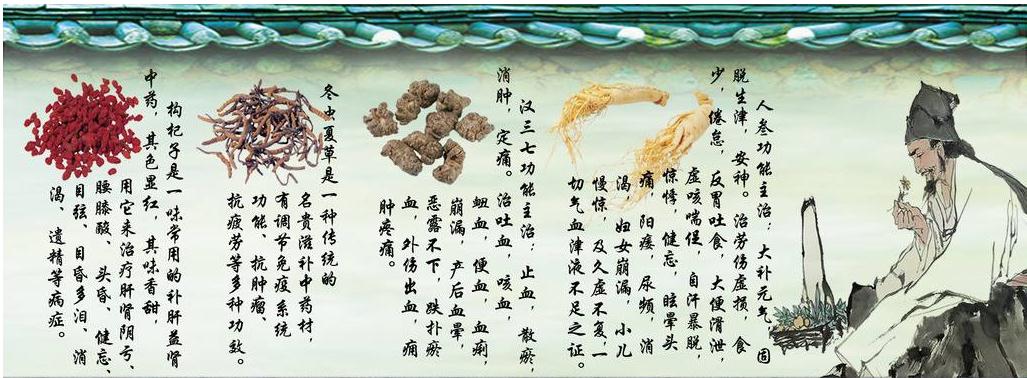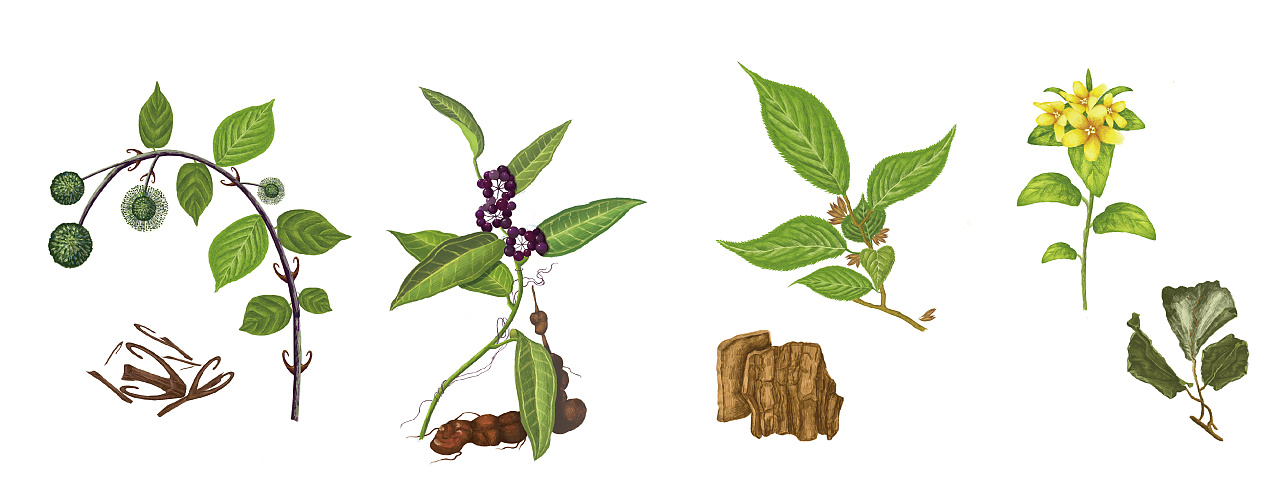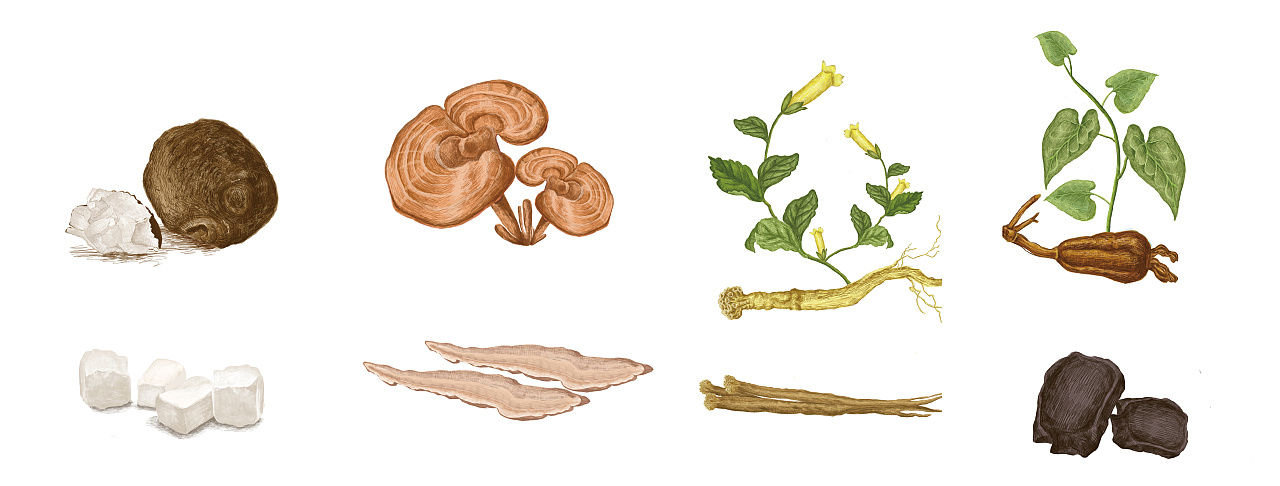After apricots have been harvested, there is a long period of growth from autumnal leaves. This is the critical period of nutrient accumulation and flower bud differentiation. The quality of post-harvest management will directly affect the wintering and leap year of apricot trees. First, timely fertilization Apricots after harvesting, combined with apricot cultivator weeding, fertilization. For trees with a large number of results and large tree nutrient consumption, early application and re-application of organic fertilizer is required. Generally, 667 m2 of top-quality organic fertilizer is used for 3,000 kg, 50-100 kg of available nitrogen fertilizer, or 30-50 kg of urea, and appropriate amounts of phosphorus and potassium fertilizer are applied. In addition, spray spraying is required to spray foliar fertilizer. In this way, the level of nutrients stored in the tree can be increased, the robustness of the apricot tree after harvest can be maintained, and flower bud differentiation can be promoted to ensure the output of the following year. For apricot cultivars with different mature stages and different flower bud differentiation periods, fertilization at different times should be carried out. Early maturity apricot varieties should be fertilized in advance to ensure that the flower buds are full the following year and the tree has normal nutrient accumulation. Second, timely irrigation due to apricot tree intolerance, its roots can not be a long bubble, bubble for a long time easy to hurt the roots; the rainy season comes, if the apricot has accumulated water should be promptly discharged to prevent apricot trees due to sickness. Autumn is the late period of vegetative growth. Reasonable irrigation is conducive to the manufacture and accumulation of nutrients and is conducive to the formation of flower buds; if the autumn drought is severe, it can be watered from August to September.
Chinese Herbal Medicine (English name: Chinese herbal medicine): Chinese medicine is mainly composed of botanical medicine (root, stem, leaf, fruit), animal medicine (viscera, skin, bone, organs, etc.) and mineral medicine. Because botanical medicine accounts for the majority of Chinese medicine, Chinese medicine is also called Chinese herbal medicine.
There are about 5,000 kinds of Chinese medicines used in various parts of China, and there are countless prescriptions made by combining various medicinal materials. After thousands of years of research, an independent science, Materia Medica, has been formed. Various medical schools in China have set up the course of natural medicine, which is called the Chinese herbal medicine.
The concept of plant extracts can be accepted and recognized by various countries, and it is also a common expression used to spread herbal medicines in various countries. The export value of plant extracts in China exceeded the export value of Chinese patent medicines as early as 1999. In European and American countries, plant extracts and their products (plant medicines or food supplements) have a broad market prospect, and have developed into an emerging industry with annual sales of nearly 8 billion US dollars.
The plant extracts in China are generally intermediate products, which are widely used, mainly used as raw materials or auxiliary materials for medicines, health foods, tobacco, cosmetics, etc. There are also many kinds of raw material plants used for extraction, and there are more than 300 plant varieties that are extracted industrially.
Chinese Herbal Medicine China Herb,Best Chinese Herbs,Chinese Healing Herbs,Chinese Herbal Medicine Guangzhou Zhongzhinan Supply Chain Co.,Ltd. , https://www.gzzhongzhinan.com



